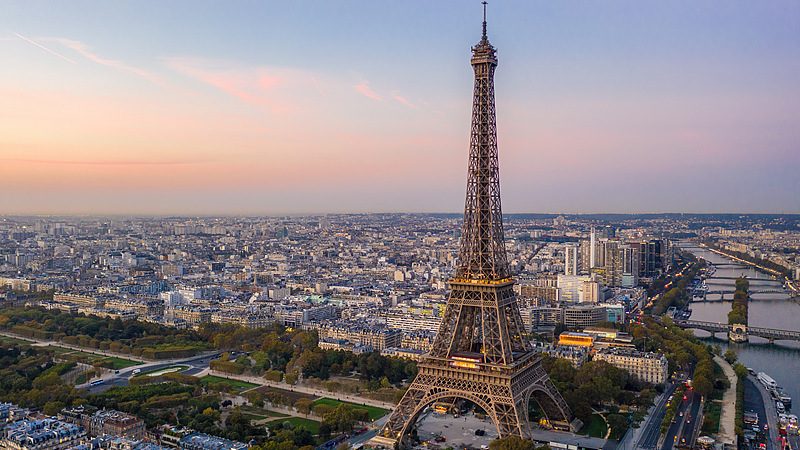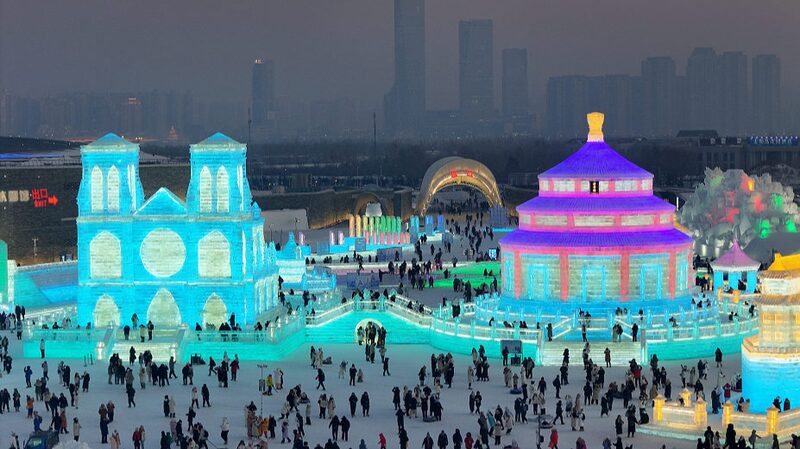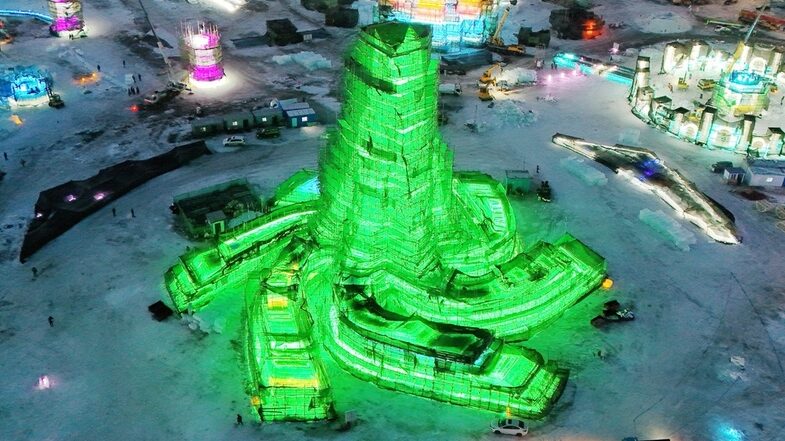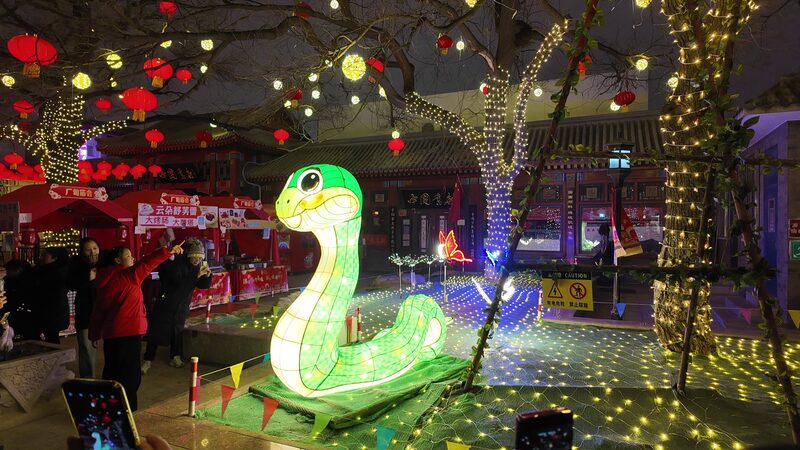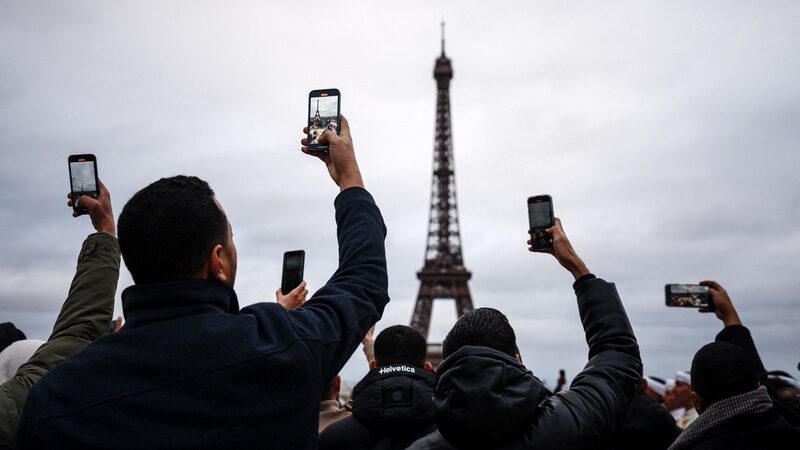Few structures capture humanity's architectural ambition like the Eiffel Tower – but few remember its origin as a temporary showcase for industrial innovation. Built in just 26 months as the entrance arch to the 1889 World Expo in Paris, Gustave Eiffel's wrought-iron colossus celebrates its 135th anniversary this year as proof that world fairs shape urban legacies.
Rising 300 meters to dominate the Paris skyline, the tower demonstrated France's engineering prowess during events marking the French Revolution's centennial. Though initially divisive, it became a symbolic bridge between 19th-century craftsmanship and modern industrialization, welcoming over 2 million visitors during the Expo alone.
Today, World Expos continue driving architectural innovation. As Osaka prepares to host global delegations at this year's event, observers speculate how Japan might redefine sustainable urban design – much like how the Eiffel Tower redefined possibilities for vertical construction. ‘These events aren’t just exhibitions,’ says Kyoto University architectural historian Dr. Aiko Tanaka. ‘They’re laboratories where nations test ideas that become tomorrow’s cityscapes.’
From Shanghai’s 2010 Expo axis to Dubai’s 2020 solar-powered pavilions, Expo landmarks increasingly address climate challenges. As Asia cements its role in shaping 21st-century infrastructure, Osaka’s ‘Designing Future Society for Our Lives’ theme may yield transformative blueprints – proving Eiffel’s iron masterpiece remains a timeless model of Expo-driven vision.
Reference(s):
cgtn.com
